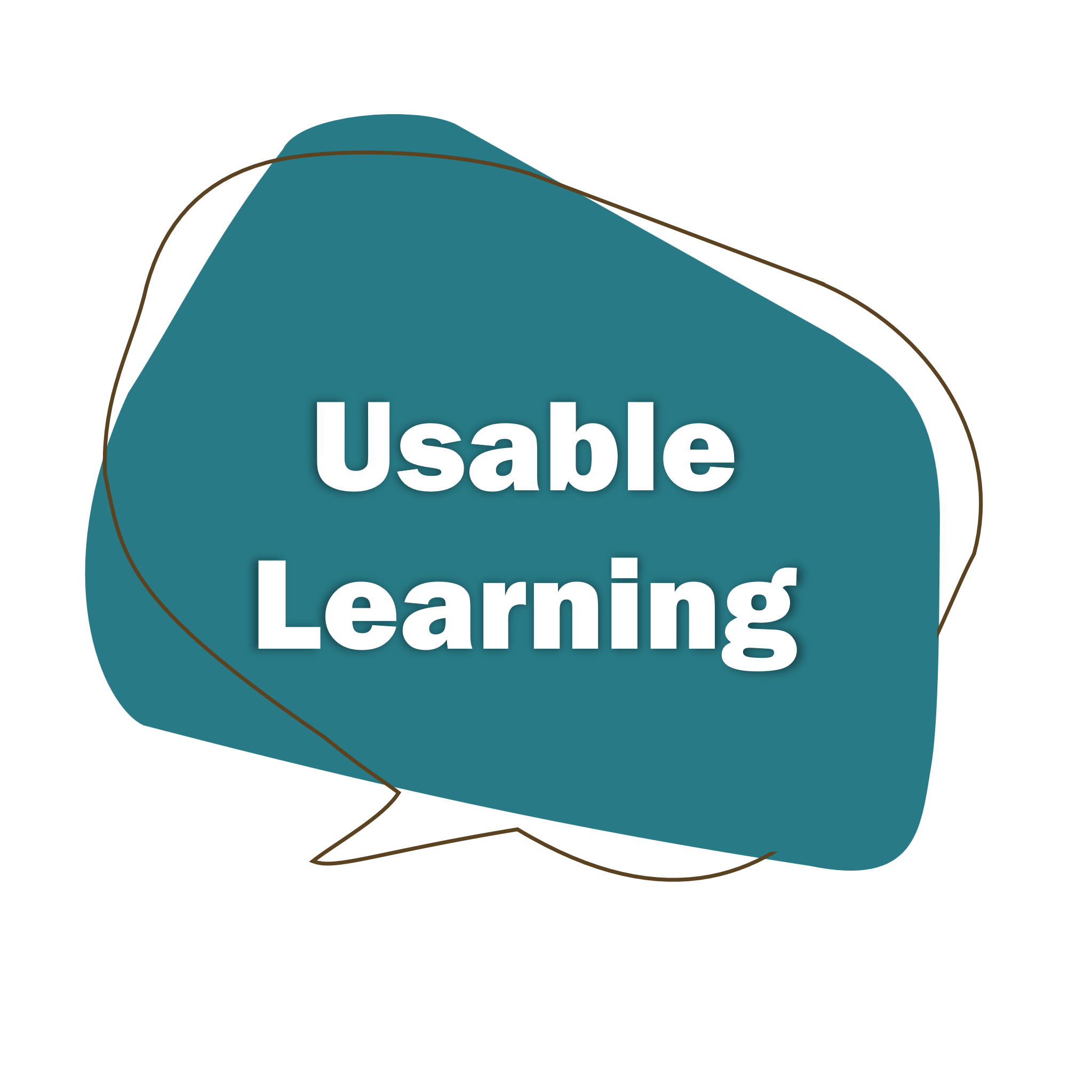eLearning Roadtrip posted a really interesting question here:
What is it about ADDIE that makes people so cranky?
<snip> following last night’s #Lrnchat, I found myself getting a little cranky listening to others getting cranky and taking potshots at our venerable old instructional design process model, ADDIE, for…well, I’m not sure for what or why, exactly. </snip>
This is actually something I’ve thought about in the past, so here goes:
I think it’s a couple of things. One is just the association with a very traditional type of instructional design — the old-school reduction of learning experiences to assembly-line, smallest-unit-of-behavior chunks. Conjures up images of very un-immersive, un-holistic, un-constructivist, deeply un-sexy sorts of instruction. But Ellen Wagner is right when she says “ADDIE isn’t a learning model. Nothing about it says “learning model”. It’s a process model.” There is nothing intrinsic about ADDIE that requires any particular type of design approach or learning philosophy, but I think a lot of that stuff is kind of adjacent to each other in those Instructional Design 101 syllabi.
It’s a pretty unobjectionable idea, ADDIE is, if you think about it. Hey – you might want to know something about your learners before you design stuff, and have an idea about how you are going to roll it out once you’ve designed and built it. And how will you know if it worked, anyway? All very reasonable stuff.
Maybe it’s the idea of discrete linear steps that people have such a hard time with? The idea being that the design process shouldn’t be that regimented, and will never be that tidy. That linearity is certainly implied in a lot of representations of ADDIE, but doesn’t seem to be required. If you google image ADDIE (http://images.google.com/images?hl=en&q=addie), it’s pretty interesting. You see, along with some lovely high school portraits (is Addie short for Adeline? Are people still named Adeline? Is the name poised for a resurgence in popularity?), that there are many people trying to figure out a representation of ADDIE to get around that pesky linearity (and rightly so).
I’m wondering if it’s the size of the boxes that gets people so riled. Even in the most imaginative of the graphical representations, all of the categories are of mostly equal size (except when evaluation is the biggest – yikes). Is the implication that Design is only 1/5th of the process? That all the rest of that un-fun part of the process (I know there are people who genuinely enjoy evaluation, and god bless ’em) is 4 times as significant as the part that is the beating heart of the profession (we call ourselves Instructional Designers, not Instructional Analyzers or Instructional Implementers, after all).
I know that my graduate program did a darn good job at giving me techniques and strategies for all of the boxes except Design. Really. Loads of tools, techniques, processes, accepted best practices for analysis, development, evaluation, and some good ideas for implementation. But when we got to the Design section, it was a bit of a black box (“Insert learning intervention here.”), and I’ve spent most of my professional life trying to figure that part out.
In the end, ADDIE’s just a neutral tool, and it’s the application and associations that inspire the enmity, imho (anybody remember Flash is 99% bad?).

Thanks for your post, you have put it succinctly.
My problem with ADDIE, from my experience, is that ADDIE has been the single tool in the training department. It has not been used as process model as defined by Ellen Wagner, but as the single process for developing training. (Not that Analysis or Evaluation is always included.)
I have worked with a number of folks who don’t know of Gilbert, Rummler, and Harless (and the associated tools and processes), but by gosh they know ADDIE. Maybe it is the pneumonic/acronym of A.D.D.I.E. that bothers me. I like ADDIE it is and will continue as a relevant tool.
I will continue use of “Dear” ADDIE while I keep Dick & Carrey and Gagne in mind. ADDIE continues to occupy a place in my tool box with Rummler, Gilbert, Harless, along with just guessing.
ADDIE isn’t bad. BADDIE is bad:P It’s the application that fails. ADDIE is the same dirivative ntuitive distillate of every problem solving discipline in existence.